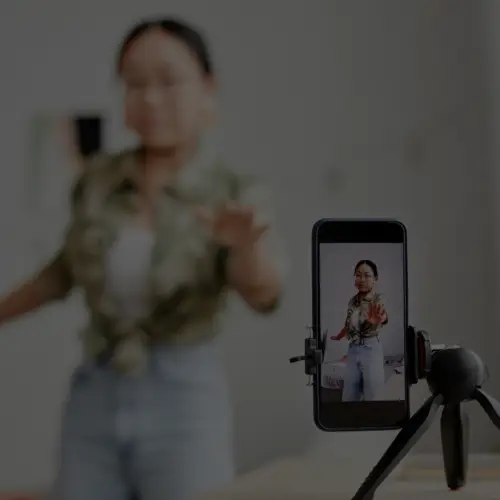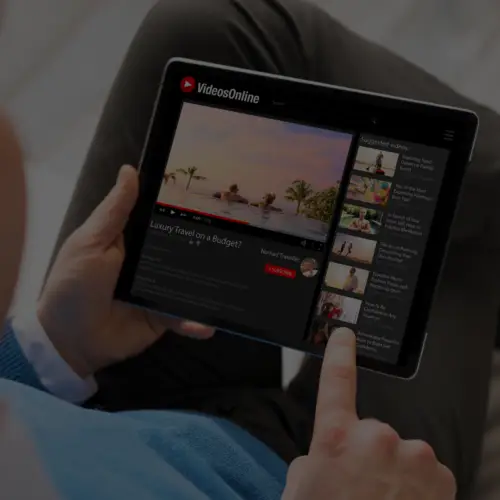02 Oct Talk Less, Listen More: Using Social Listening to Create Better Content
 Many a marketing team has sat around a table brainstorming about what their customers want to hear. Instead of guessing which types of content to create, try listening to your customers instead.
Many a marketing team has sat around a table brainstorming about what their customers want to hear. Instead of guessing which types of content to create, try listening to your customers instead.
When used to monitor customer conversations and uncover real customer concerns, your social listening tool becomes a well of content creation inspiration. Social listening helps you generate great topics and figure out how to promote them so you can reach the people who inspired their creation.
Set Up Your Social Listening Streams
It’s beautiful to follow industry thought leaders, celebrities, and other important folk on social media, but it gets ugly when you try to read every word in their feeds. No marketer — or no human, for that matter — has that kind of time. That’s where social listening makes life easier.
Using a social media management tool like HootSuite or Buffer, you have many ways to set up parameters for social listening. Here are some ideas to get you started:
Twitter Lists
Create a Twitter list consisting of top thinkers or influencers in your industry. Then, within your social media dashboard, create a stream dedicated to those feeds. The amount of feedback received on individual tweets can be an excellent method of determining customer interest in various topics. Update it regularly, adding new and dynamic people and removing people who don’t consistently share valuable ideas.
Keyword Searches
If you’ve optimized your website for keywords, you already have a glossary of terms for which you can listen on social media. You can also include names of your products, names of top executives, or other elements of your business that generate public commentary.
Create a search stream using your top keywords, and experiment with some of these types of secondary keywords:
- Location-based listening focuses on the conversations potential customers are having, not just on conversations anywhere online. Add geocodes or important local geographic terms to your keywords, such the city or town names of your store locations, your county name, regional nicknames, or even state names.
- Quality indicators. Add terms like “best,” “worst,” or “fail” to your search field. You can also search for competitors’ names using these terms.
- Type your keywords plus “review” to get alerts on the latest reviews related to your keywords.
Generate Content Ideas
As you scroll through your listening streams, you’ll notice patterns that can transform social conversations into content marketing ideas. Stay on the lookout for some of these indicators:
- Trending topics or hashtags. If you can post content with fast turnaround time, capitalize on what’s trending on social media.
- Customers often ask questions on social media, or their product reviews will reveal things giving them difficulty. Create tutorials, quick how-to videos, or other content to solve their problems.
- Listening to your customers means listening to their negative feedback, too. If you run a food company, and a customer complains about not having a particular recipe, create a blog post and a recipe using one of your products.
- Customers often post about people they admire. Create an image saluting a customer hero who fits your brand, or post about a time your CEO met someone your customers admire.
- Causes and social justice. Honey Maid Grahams created a “This Is Wholesome” campaign to highlight all kinds of families, including interracial families and families with same-sex parents. When they received an outpouring of negativity over their messages, they created a beautiful video in response that was aligned to their brand voice and target customers’ values.
- When it fits your brand, take a meme that’s going around and create something with a humorous spin that gets your brand’s message across and also creates engagement.
Amplifying Your Creations
As you become a more consistent and adept social listener, you’ll uncover surprising people who are influential, both among your customers and within your industry. Make a point of giving something to these people, such as sharing their content or sending them a promotional code. After you’ve built a relationship, ask them to share and promote your content in return.
Creating personalized content for customers requires you to get to know the people who buy from you. Don’t just brainstorm ideas for a persona on a whiteboard. To create relevant content, listen to your customers first.
Jacqueline Lee works as a Hootsuite-certified social media professional, content creator, and freelance editor serving businesses ranging from startups to Fortune 500 companies. Follow her on Twitter @jleewriter.








